Half of the world’s people will suffer from water scarcity if It also uses abundant water. World Economic Council states that water resources issues. It is one of the most important issues in the year. The security of natural resources, especially clean water, is an issue that the private sector needs to focus on. Factors that are important to running a business. The challenges and importance of maintaining water resources throughout the supply chain by striving to manage water resources throughout the value chain are necessary Continually develop processes, technology, innovation, and infrastructure to respond to this change to drive efficient water management.
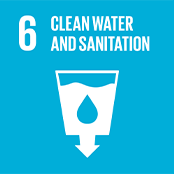
Implement integrated water resources management
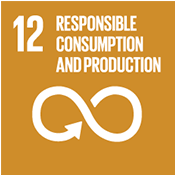
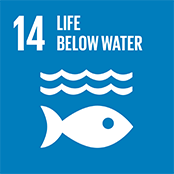


-
Reduction of water usage
per revenues–23.7924.6636.25100%
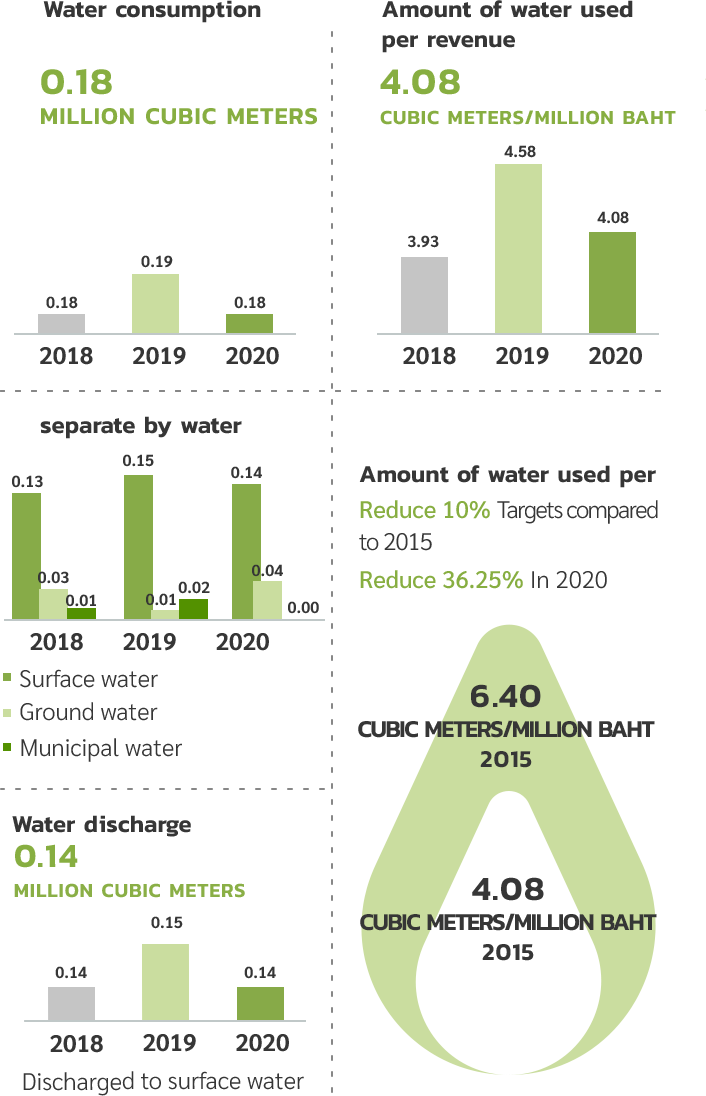
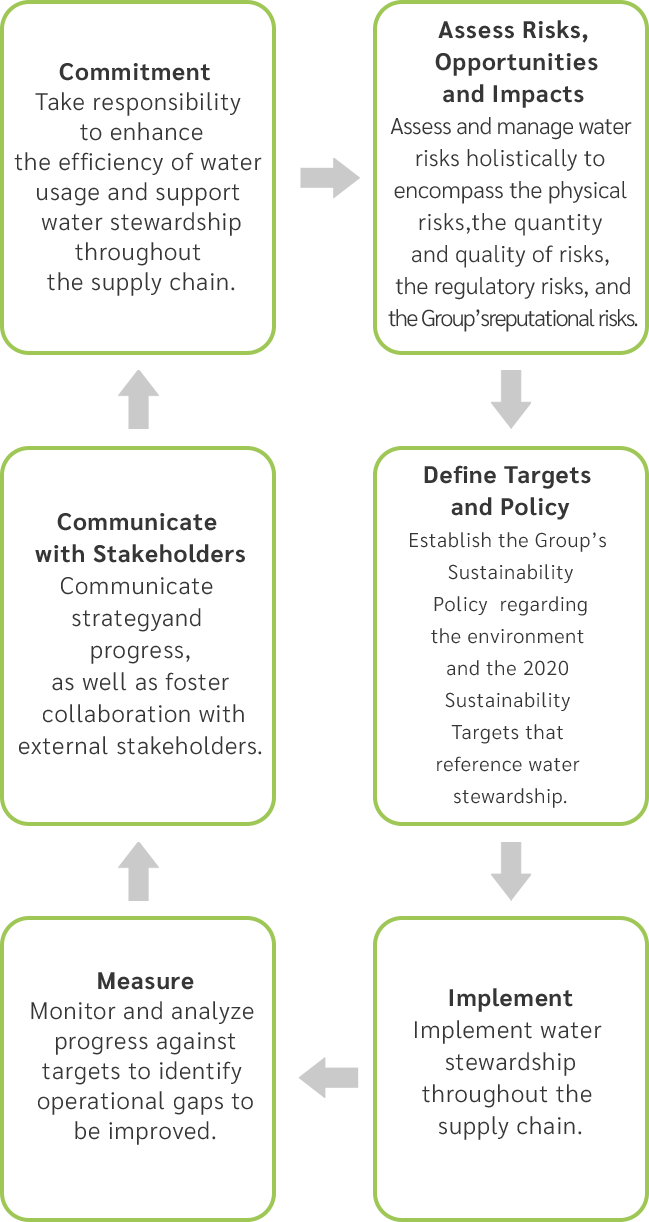
Enabling a good water management plan throughout the supply chain
| Baseline Water Stress |
Water Withdrawal |
|---|---|
Low – Medium
|
Low – Medium volumeHigh volume |
|
High – Extremely High
|
Low volumeMedium volumeHigh volume |

| Water Management Plan |
|---|
|
Level 1: Low Risk
|
|
Level 2: Medium Risk
|
|
Level 3: High Risk
|
Units in the Group categorized
according
to water scarcity risks

- Project to reduce water use and promotion of operations to increase water efficiency for farmers.
- Water Conservation Project
- Promoting community access to water resources
- Enhancing awareness of water conservation among employees
- Support for water use assessments throughout the product life cycle
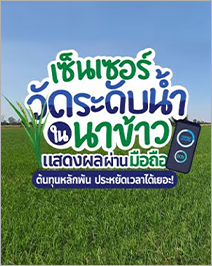

Half of the world’s people will suffer from water scarcity if It also uses abundant water. World Economic Council states that water resources issues. It is one of the most important issues in the year. The security of natural resources, especially clean water, is an issue that the private sector needs to focus on. Factors that are important to running a business. The challenges and importance of maintaining water resources throughout the supply chain by striving to manage water resources throughout the value chain are necessary Continually develop processes, technology, innovation, and infrastructure to respond to this change to drive efficient water management.

Implement integrated water resources management




-
Reduction of water usage
per revenues–23.7924.6636.25100%


Enabling a good water management plan throughout the supply chain
| Baseline Water Stress |
Water Withdrawal |
|---|---|
Low – Medium
|
Low – Medium volumeHigh volume |
|
High – Extremely High
|
Low volumeMedium volumeHigh volume |

| Water Management Plan |
|---|
|
Level 1: Low Risk
|
|
Level 2: Medium Risk
|
|
Level 3: High Risk
|
Units in the Group categorized
according
to water scarcity risks

- Project to reduce water use and promotion of operations to increase water efficiency for farmers.
- Water Conservation Project
- Promoting community access to water resources
- Enhancing awareness of water conservation among employees
- Support for water use assessments throughout the product life cycle











